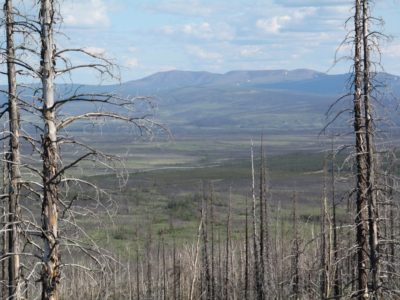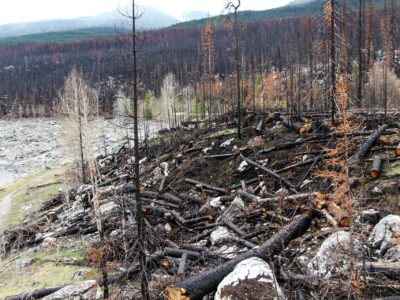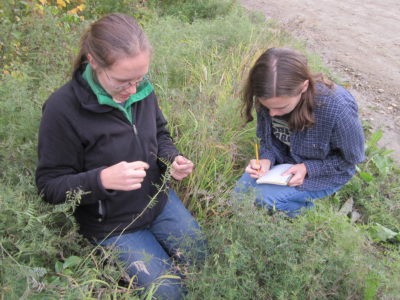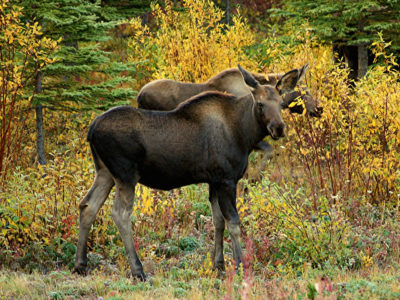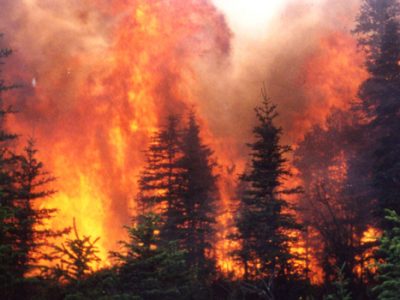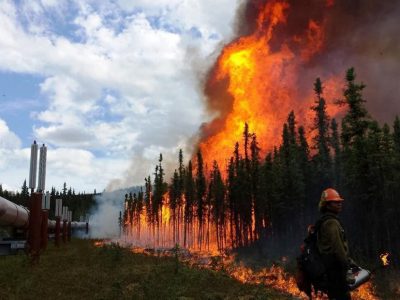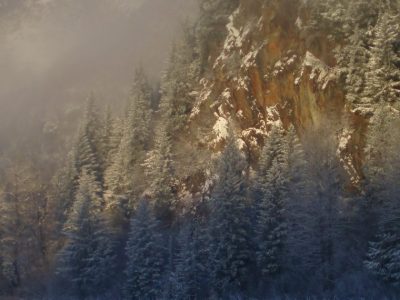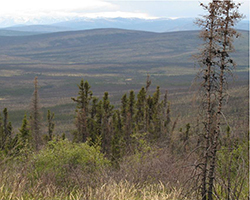LTER Grad Student Spotlight: Emilia Grzesik
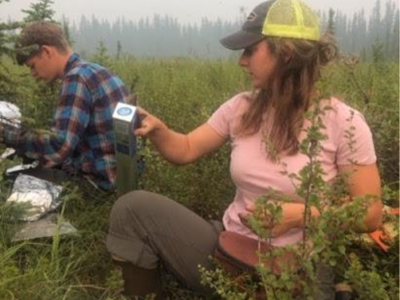
This spotlight is part of an ongoing series featuring many of our wonderful LTER Network graduate student representatives who contribute valuable research and leadership across the network. To learn more about graduate research in the LTER network, visit this page. Emilia Grzesik is a second year Master’s student at the University of Fairbanks, Alaska (near completion)… Read more »


